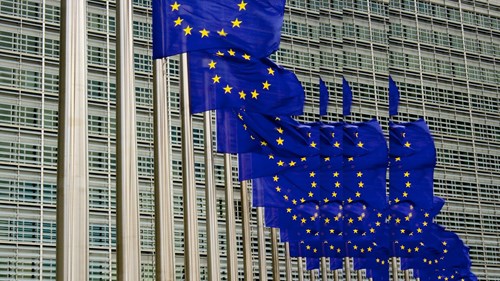“Signalling” - public announcements under scrutiny
Since the “Wood Pulp” decision of the European Commission in 1984 and the ECJ judgment which followed in 1993, public announcements relating to competitive parameters such as prices or quantities have essentially been a mere theoretical aspect of European antitrust practice. Due to some recent proceedings led by both the European Commission and national competition authorities, however, the topic has suddenly caught the attention of the antitrust scene. Although there has not yet been any effective decision, the message is still clear: “signalling”, i.e. public announcements with regard to future market conduct, has increasingly come under the scrutiny of competition authorities.
The business world finds itself exposed to a great deal of uncertainty: what is still permissible and mere parallel market behavior, what is already a concerted practice and thus illegal? Antitrust practice, however, lacks clear guidelines with regard to the legal assessment of cases involving “signalling” practices. Robert Pahlen und Dr. Oliver Vahrenholt (both Berlin-based) have just published an article in Zeitschrift für Wettbewerbsrecht (ZWeR), in which they present guidelines based on legal and economic insights and propose a concept capable of differentiating between permissible and impermissible practices (ZWeR 2014, 442). The article reaches the conclusion that public announcements very often serve legitimate business objectives and even can be pro-competitive. The tightened antitrust practrice, due to its lack of a concise „theory of harm“, leads to a de-facto extension of the cartel ban and causes companies to follow a reserved approach with regard to public announcements (deterrence effect) thereby causing avoidable social costs.









